Unsurpassed weapons: Ukrainian kamikaze drones (loitering munition) ST-35 Grom and RAM

The appearance on the battlefield of such weapons as loitering munition (loitering munition) revealingly draws a line between war in the 20th and 21st centuries. So far, there are no signs that they will completely change the course of hostilities, as did machine guns or tanks with aircraft in past world wars. But, perhaps, their time has not yet come (after all, the first tanks also had extremely dubious effectiveness in battles and produced more of a psychological effect). After all, this type of weapon is at most a decade and a half old, and its history is still not really written. It is all the more interesting to admit that Ukrainian companies have been developing their own loitering ammunition systems for several years now.
A bit of history
The media likes simpler and biting terms and headlines, so this class of weapons was quickly labeled “kamikaze drone” (in English, the term “suicide drones” also took root). Technically, loitering ammunition is more likely a missile than a drone, whether it belongs to unmanned aerial vehicles or not is still an open question. For example, a guided high-precision projectile M982 Excalibur it would never occur to anyone to attribute it to an UAV, although it is clearly the closest relative of loitering ammunition. On the other hand, Israeli Harop, definitely, is a reconnaissance-strike UAV with a regular function of returning to the base after completing the flight mission. Turning into a kamikaze is more of an exception than the rule for him. And its first combat use was recorded in 2016 in Karabakh, that is, 7 years after the start of production.
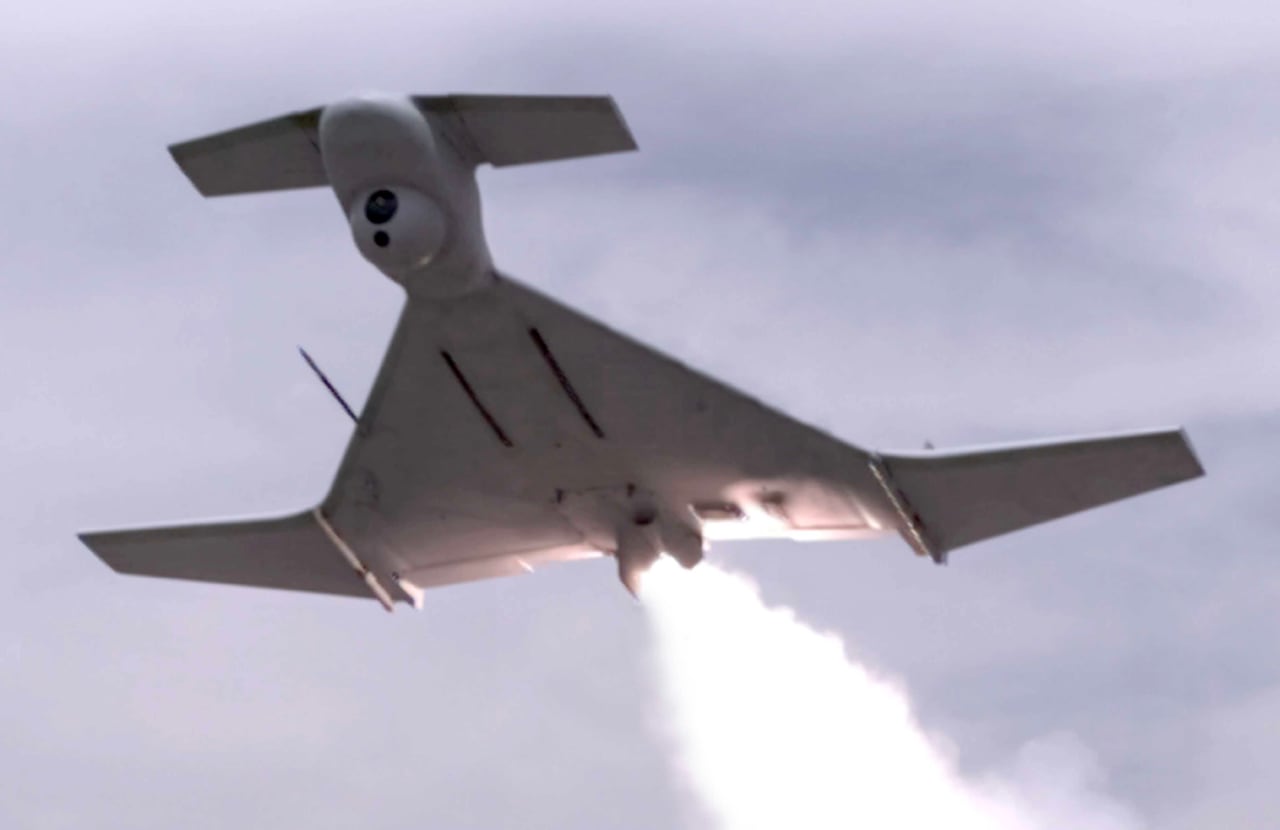
Israeli strike and reconnaissance UAV Harop manufactured by Israel Aircraft Industries, a pioneer among loitering ammunition
Of course, today kamikaze drones are not a weapon capable of turning the tide of war, but they have undoubted advantages: the difficulty of detecting (and therefore eliminating) the enemy, the safety of use for the operator (he can be at a distance of tens (or even tens) of kilometers from The psychological factor of the very threat of the use of such weapons to the enemy cannot be discounted.Weapons from which there is no defense and which can strike at any time.Brennan Devereux, US Army Major, military researcher specializing in rocket and and missile warfare, in the article "Loitering ammunition in Ukraine and abroad » (translated by Focus ) characterizes this type of weapon as follows:
“If a small group of infantrymen essentially duplicates artillerymen, this poses a danger to enemy forces in more protected or safe areas of the battlefield. Long-range strikes can be launched from anywhere and disrupt operations throughout the theater of operations, detecting and destroying objects such as fuel depots, supply convoys and headquarters.
Ukrainian RAM
The history of this loitering ammunition began in 2015, when the company was founded КОРТ. The English version of its name is CDET — Company of Defense and Electronics Technologies. It was created by volunteers who provided the Armed Forces of Ukraine with intellectual developments. The goal of the company is declared "to provide the Armed Forces of Ukraine with modern models of weapons to increase the defense capability of our state." Among the company's projects are anti-UAV complexes "Khmara" and "Khmara-3", as well as anti-cumulative screens for armored vehicles and modernization of the BTR-60.
At the exhibition "Zbroya and Bezpeka" in 2019 at the stand of Ukroboronprom, the company demonstrated its first sample of loitering ammunition called RAM.

In 2020, RAM was officially presented at the international exhibition UMEX 2020 in Abu Dhabi (UAE), completely dedicated to unmanned systems, at the stand of the Ukrainian company "Spetstechnoexport”, engaged in the export of Ukrainian-made weapons. RAM was announced as an unmanned complex with a flight time of 30 to 150 minutes, a range of up to 30 km, a maximum speed of 50 km/h and a probable deviation from the target of no more than 1 meter and can hit moving targets. That allowed the manufacturer to say that RAM can be used in urban areas with "the lowest possible collateral damage." The ammunition can be equipped with three types of warhead weighing from 2.5 kg (flight time is 60 minutes) to 4 kg (flight time is up to 30 minutes): high-explosive fragmentation, thermobaric and armor-piercing. The first is equipped with 150 striking elements with a destruction area of 45 square meters and is intended for strikes against infantry and lightly armored vehicles. Thermobaric ammunition is capable of hitting field structures with an area of up to 15 square meters. The anti-tank warhead has an armor-piercing capacity of 40 mm.
In reconnaissance configuration, the RAM is capable of extended flight times of up to 150 minutes. The wingspan is 2 meters 30 centimeters, the length of the fuselage is 1 meter 78 centimeters, and the takeoff weight, depending on the configuration, is from 8 to 10 kilograms. The launch is carried out using a catapult, the RAM deployment time is 10 minutes.
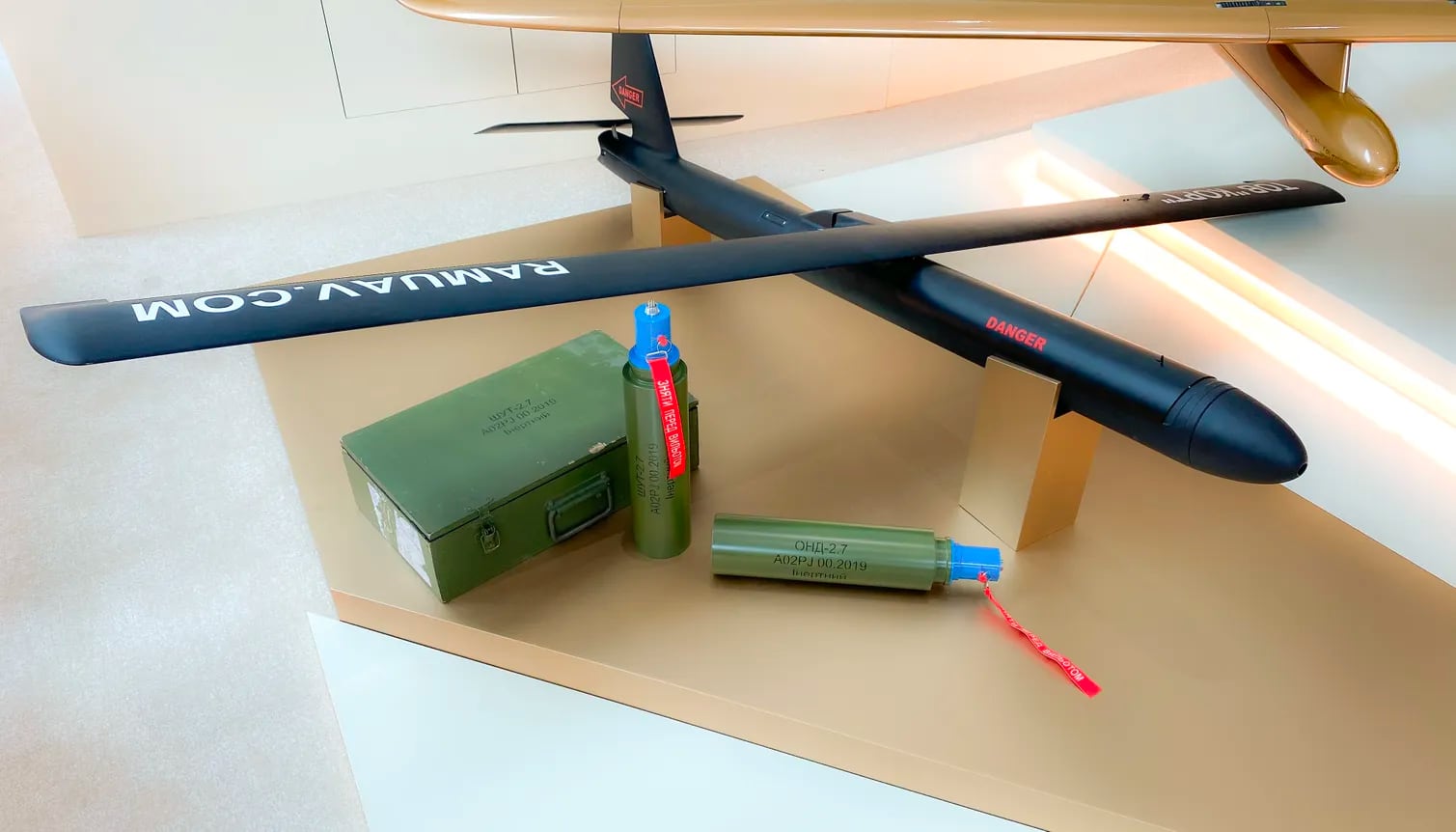
Back in 2018, ammunition was tested with the defeat of a standing tank. How many prototypes were produced is unknown, at what stage the development of RAM is also impossible to determine.
RAM II generation
All this did not prevent the company from launching the second generation of its loitering ammunition, called RAM II, into development. Information about it is on the website of Ukrspetsexport, which is part of the Ukroboronprom concern, which indicates that this kamikaze drone is offered for export.
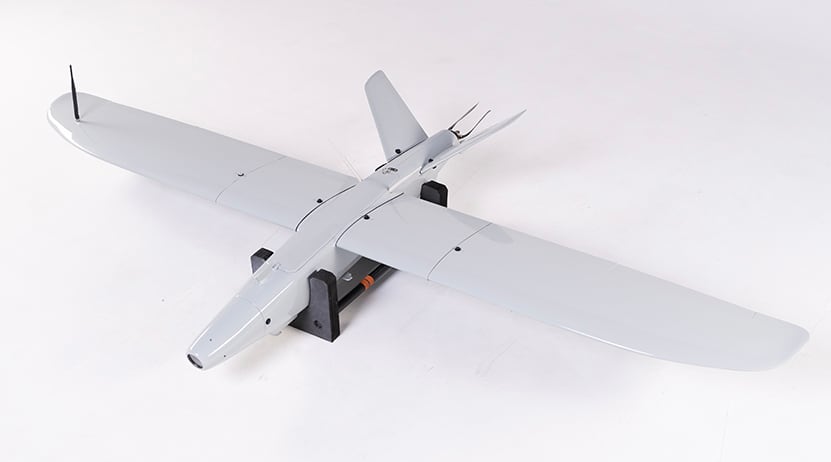
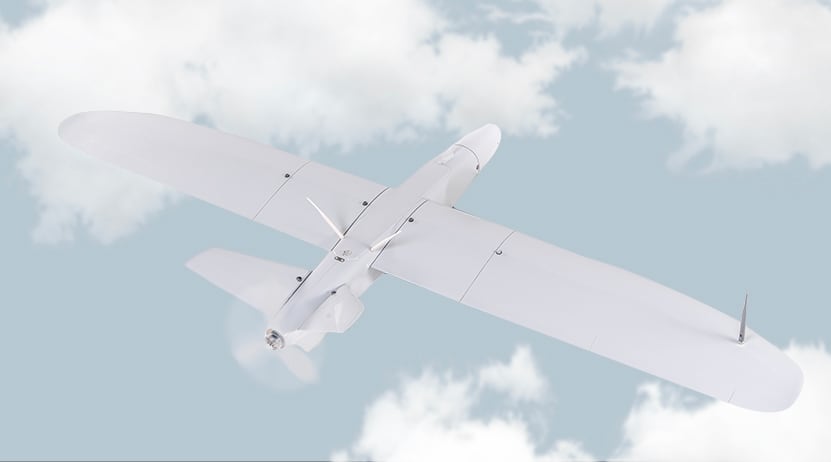

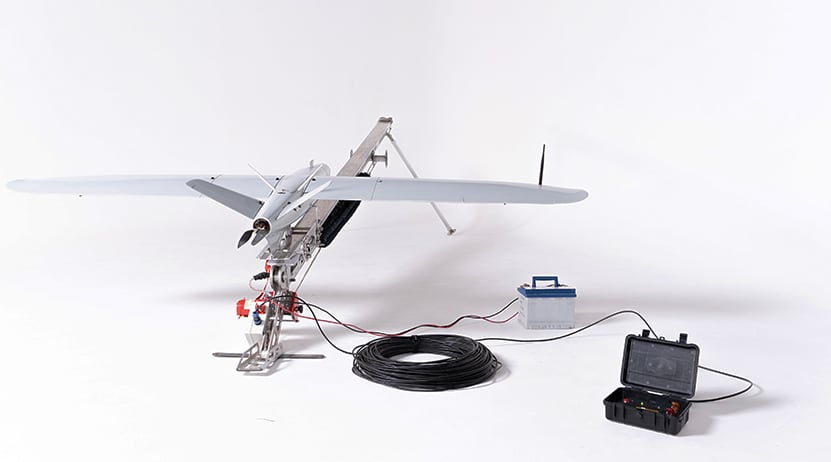
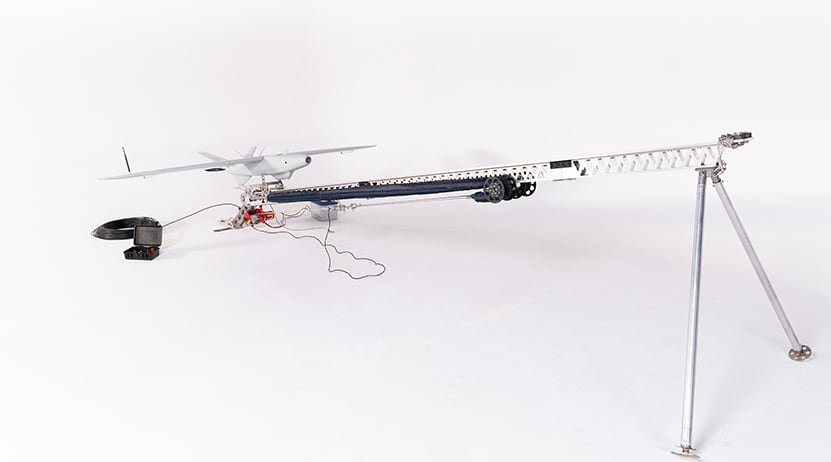
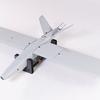
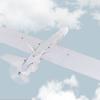
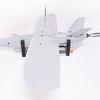
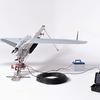
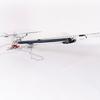
Nothing is known about the tests of RAM II, but on official website there are real photos of him in the field. For the first time, the ammunition was officially shown in 2021, at the Zbroya and Bezpeka exhibition.
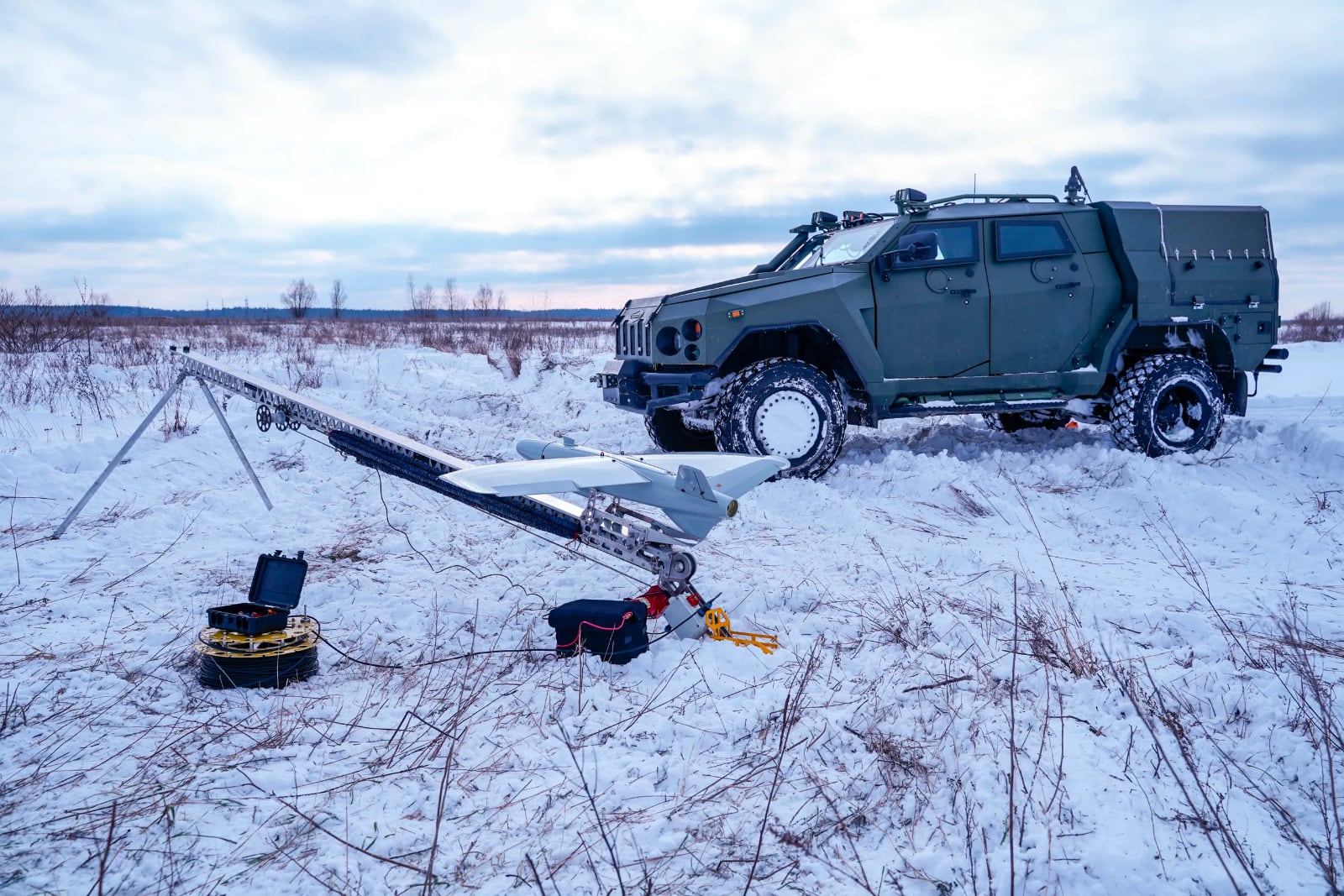
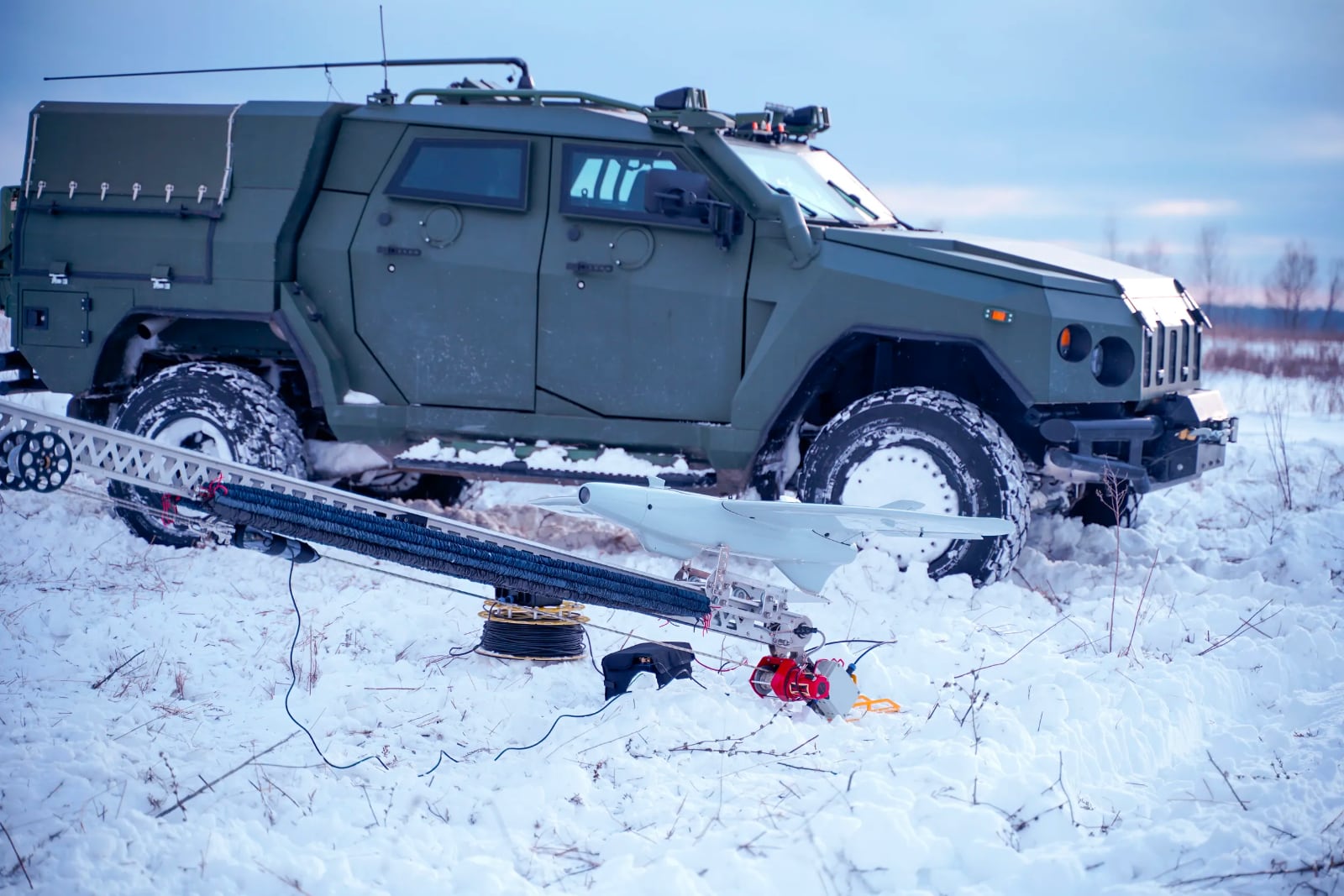
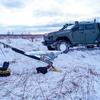
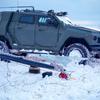
This model can already be definitely attributed to drones - it does not look like a cruise missile, but like a UAV in a traditional form factor, with wings, a fuselage 1.45 meters long and a tail unit. The manufacturer talks about a full-time FullHD-camera with 10x optical zoom and image stabilizer. The maximum flight range has been increased to 60 km, the communication control range is 30 km, the maximum flight altitude is 1 km, and the cruising speed is 70 km/h. The wingspan of the RAM II is 2.58 meters, the takeoff weight is 9.8 kg, of which the payload reaches 4 kg. This UAV also takes off with the help of a catapult, landing is carried out "on the fuselage".
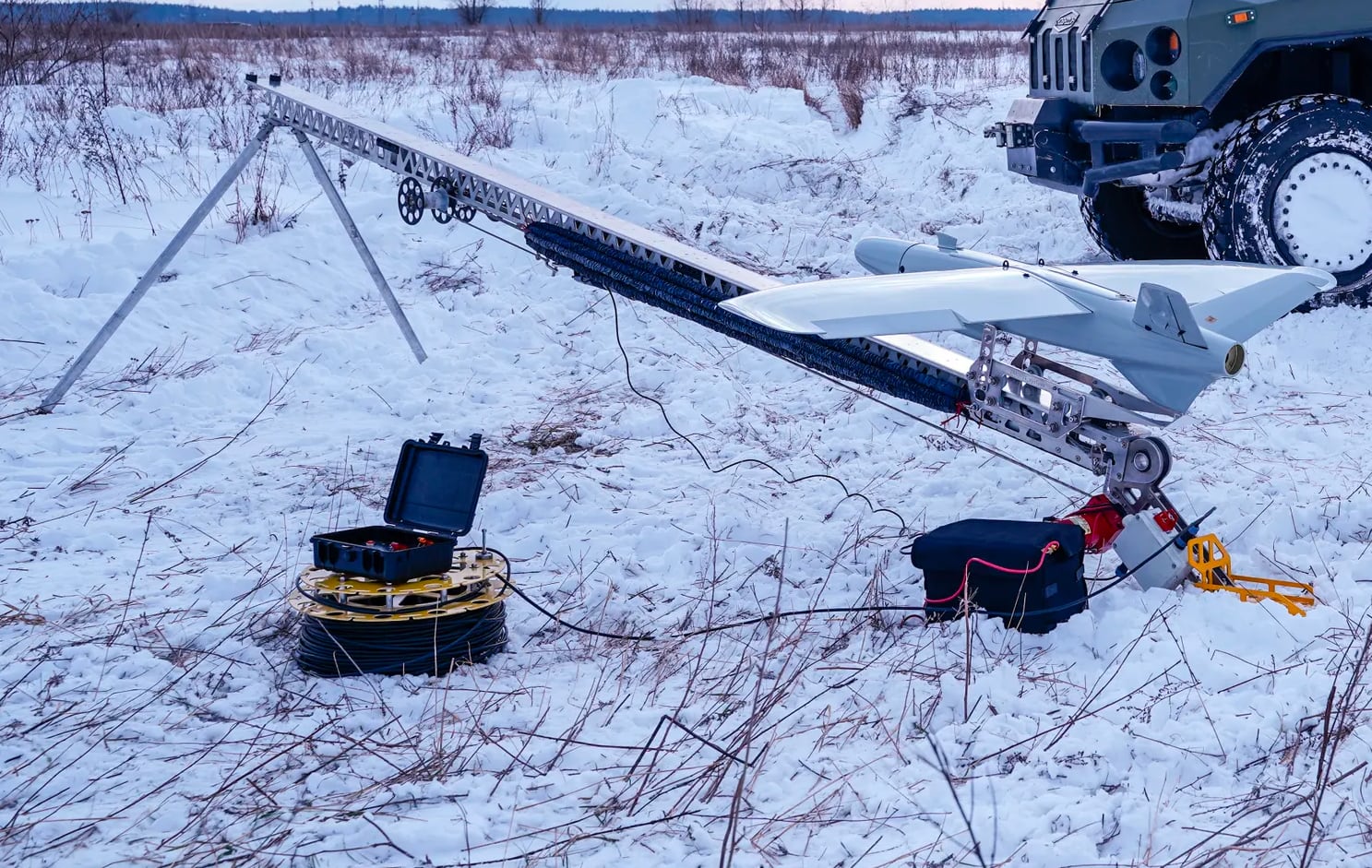
Athlone Avia ST-35 Thunder (Silent Thunder)
Company "Athlon Avia" known primarily for its reconnaissance drones "Fury”, Adopted by the Armed Forces of Ukraine in 2020 and released, according to Wikipedia, in the amount of 400 pieces. Below is a photo of Furia installed on Humvee during the 2018 Independence Day Parade.

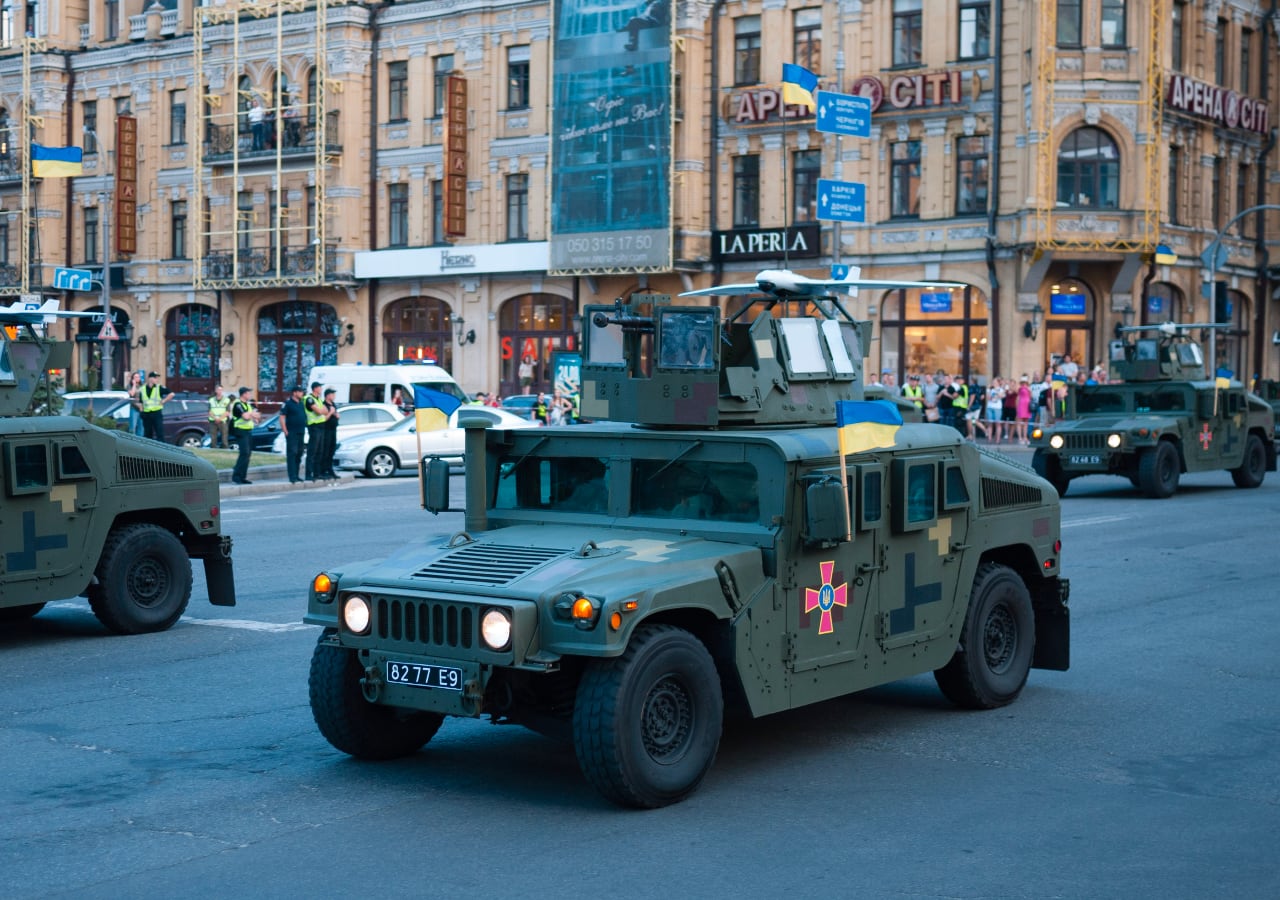
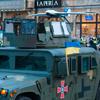
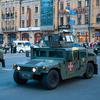
But now we are not interested in the reconnaissance UAV that has already shown good results, but in the development of loitering ammunition ST-35 Thunder, also known as Silent Thunder.
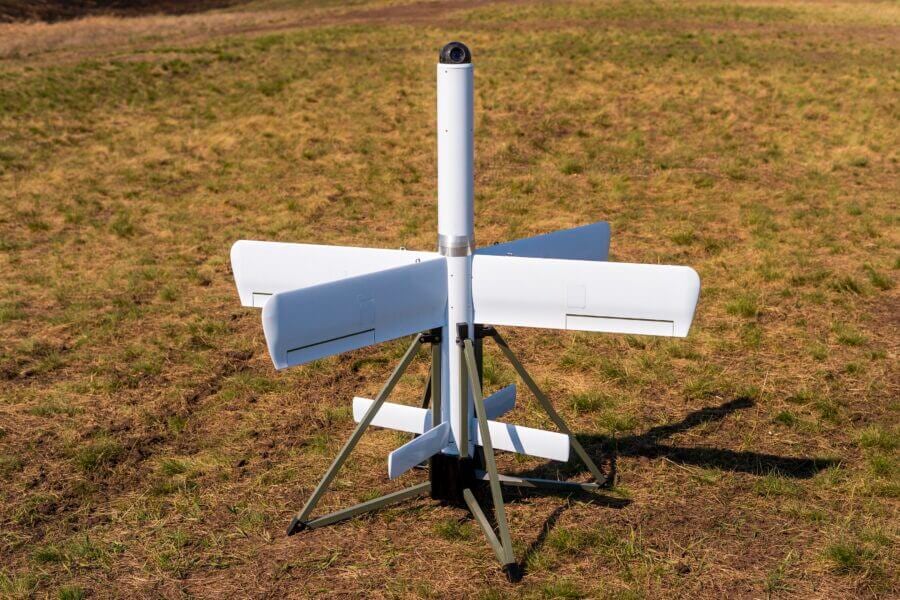
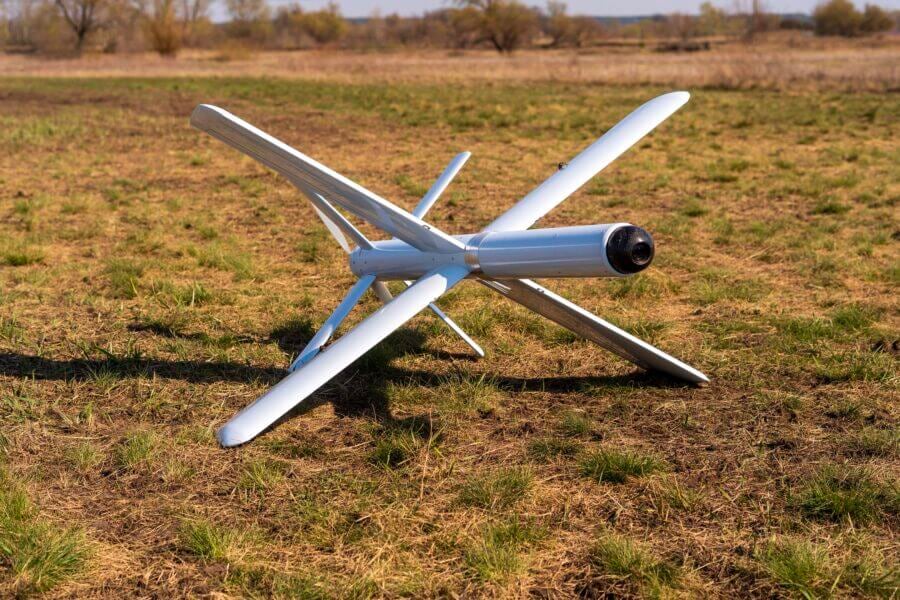
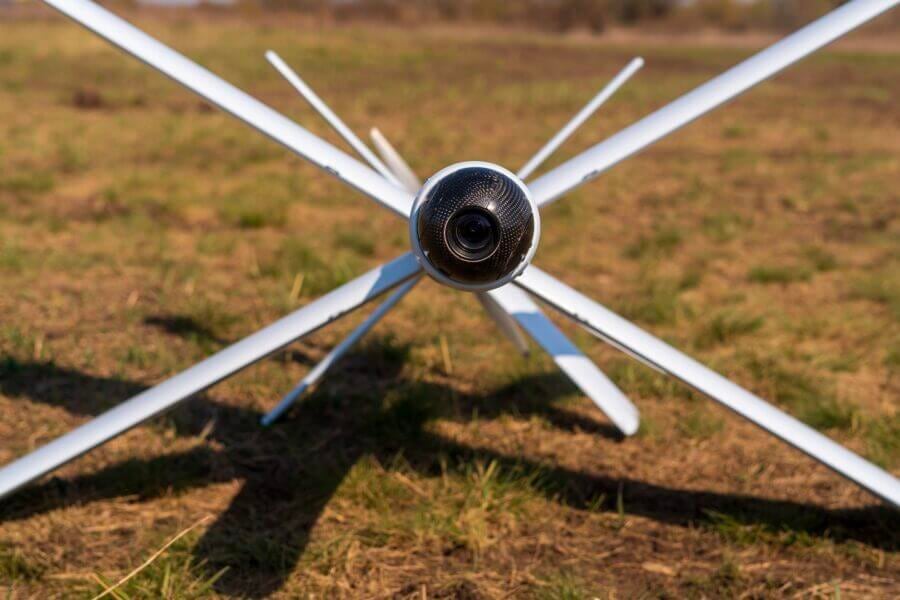
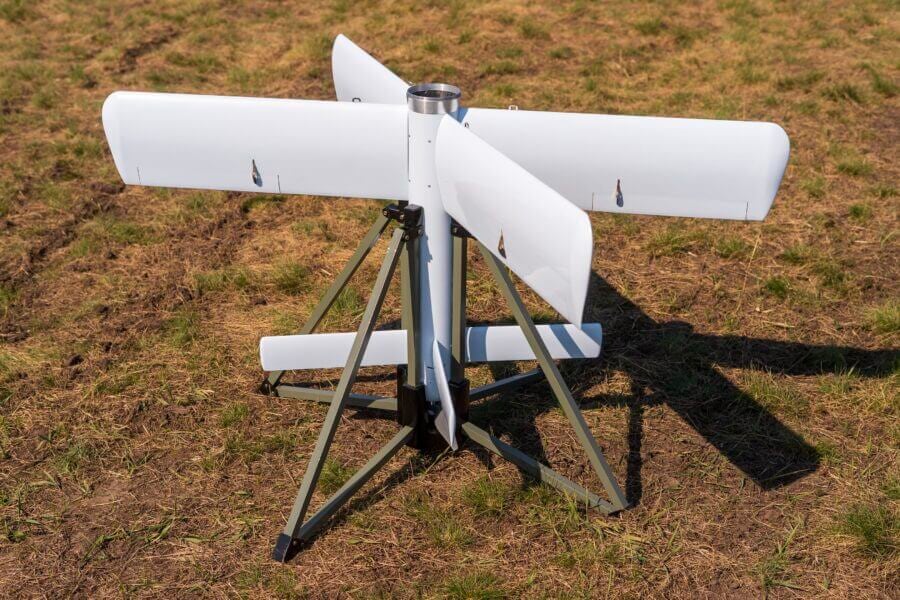
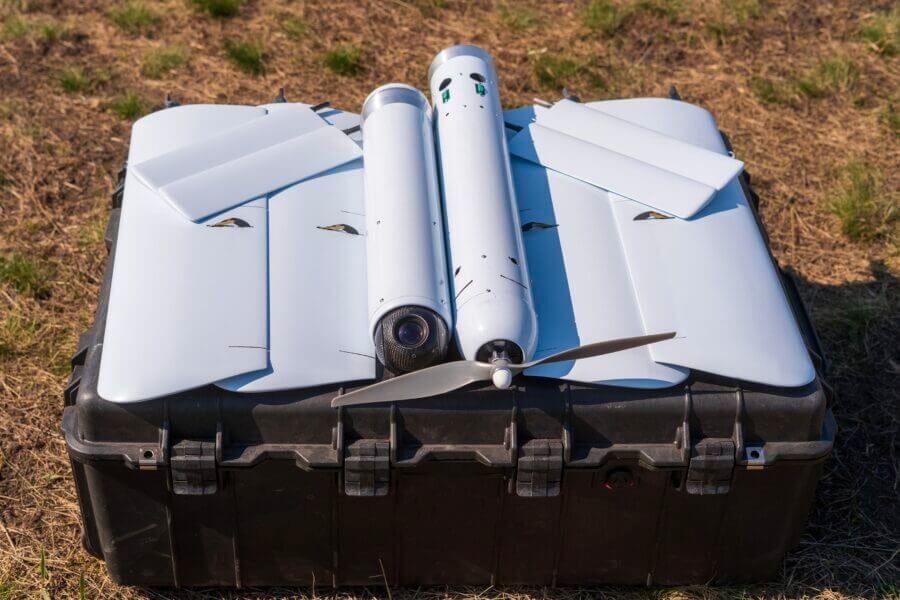
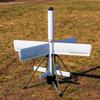
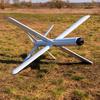
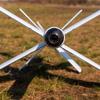
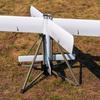
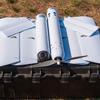
It has an interesting feature - it takes off vertically with the help of a special hexacopter, and the ammunition itself looks like a cruise missile. The range of the ST-35 is 30 km, the flight time at an altitude of 800-1200 meters at a speed of 120-140 km / h reaches 60 minutes. The take-off weight of the Thunder is 9.5 kg, of which the warhead weighs 3.5 kg. Like the RAM, the ST-35 can carry three types of ammunition: high-explosive fragmentation, thermobaric and cumulative, designed to destroy armored vehicles. The manufacturer claims a 95% probability of hitting a target with a deviation of up to 3 meters. It is interesting that the hexacopter rises to a height of 400-600 meters, after which the loitering ammunition is separated from the copter and goes into horizontal flight. The hexacopter is then used again to raise the repeater to a height of 1000 meters to control the ST-35.
Here is a 6-minute promo video of the system explaining in detail how it works:
The current state of development of the ST-35 is unknown. The YouTube channel of Athlone Avia has several videos from 2021 with various options for testing guidance systems and hexacopter tests.
In the dry matter
There are a few things you need to know about the current state of loitering ammunition and its combat use. First, they are not some kind of wunderwaffe with which you can win the war. Secondly, they can be extremely useful for pinpointing important tactical targets: air defense systems, command posts, multiple launch rocket systems and artillery. Thirdly, even if the state of Ukrainian development of kamikaze drones is hidden behind seven seals during the war, we know for sure that the Armed Forces of Ukraine have such systems: Switchblade has already been delivered from the USA, and deliveries of the latest loitering ammunition have been announced Phoenix Ghost, which were created taking into account the current war with Russia. There is confirmation of The Ukrainian army began to use the Polish Warmate kamikaze drones: we talk about the capabilities of these loitering ammunition. At the same time, Russian troops cannot boast of having such weapons: we heard about their kamikaze drone Cub-UAV only once and that it was shot down. The latest "analog shit" Lancets were successfully used in 2021 in Syria, but the same Brennan Devereaux has doubts about their effectiveness on the battlefield. He says that the minimum payload size of Russian systems has not been disclosed, which calls into question their destructive power, especially against armored vehicles. He also believes that "Russia created its [loitering] ammunition to fight insurgents, and not to conduct large-scale military operations [with a regular army]."
For those who want to know more
- The Ukrainian army began to use the Polish Warmate kamikaze drones: we talk about the capabilities of these loitering ammunition
- Ukraine will receive from the United States the latest Phoenix Ghost tactical kamikaze drones, modified to take into account the war with Russia
- “At first they were disoriented with the help of electronic warfare, then they were shot from small arms”: a unit of the 24th Specialized Brigade shot down the latest Russian kamikaze drone Kub-BLA
- Israel successfully tested the Iron Beam laser system, shooting down a drone, a mortar round and an artillery shell (video)
